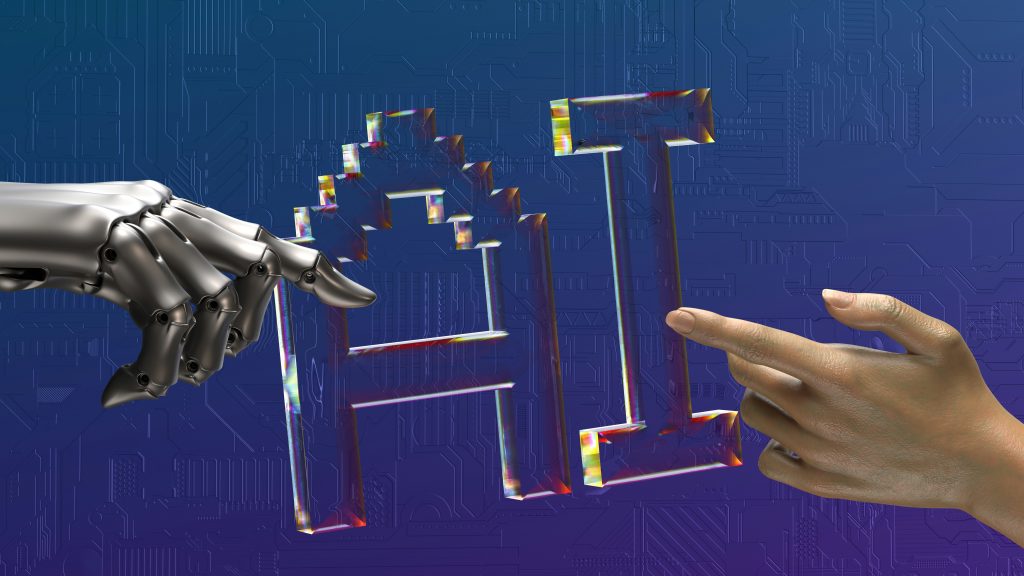The restaurant industry stands at a crossroads with artificial intelligence. While technology vendors promise revolutionary solutions, the reality is more nuanced. Recent industry analysis reveals crucial insights about AI’s actual impact on restaurants – and why building trust matters more than chasing the latest tech trends.
The “Truth-Telling Economy” is Here
A new concept is emerging in restaurant technology: the “truth-telling economy.” As AI-generated content floods the internet, consumers and industry professionals increasingly struggle to distinguish fact from fiction.
Key takeaway: Restaurants must establish themselves as reliable sources of information, whether through authentic social media presence, transparent communication, or consistent brand messaging. In an AI-saturated world, trust becomes your most valuable currency.
AI is Mechanical, Not Human (And That’s the Point)
The most successful restaurant AI implementations focus on back-of-house operations rather than customer-facing roles. Think of AI as your restaurant’s “weatherman” – predicting operational needs so your team can focus on what humans do best: creating memorable experiences.
Industry leaders are using AI for:
- Ingredient-level forecasting that eliminates the guesswork of daily ordering decisions
- Predictive prep planning with shelf-life optimization to eliminate food waste
- Accurate batch preparations based on precise demand forecasting rather than outdated trend analysis
- Drive-through ordering at brands where it fits the experience (quick-service brands succeed because customers expect efficiency over hospitality)
- Inventory optimization that prevents both stockouts and overordering
How Modern AI Transforms Daily Operations
Rather than relying on 4-6 week trends or gut instinct, advanced restaurant intelligence platforms now provide ingredient-level precision. These systems act as decision-making partners, not just record-keeping tools. They simplify complex seasonality patterns and deliver daily operational blueprints that tell managers exactly what to prep, order, and staff.
The compounding effect of these mechanical improvements creates systematic scalability. When AI handles theoretical cost variance analysis and operational inefficiency identification, managers can dedicate their expertise to team development, customer relationships, and brand execution.
Key takeaway: Don’t replace human hospitality with AI. Use AI to enhance it by handling routine tasks that don’t require personal connection. AI should eliminate the operational uncertainty that prevents your team from focusing on what matters most: your customers.
The Technology Trap: More Isn’t Always Better
Industry analysis reveals a harsh truth about restaurant technology adoption during COVID: many operators added multiple technology solutions without strategic planning. This created operational complexity, training nightmares, and unnecessary costs.
Successful brands took a different approach:
- They invested in Kitchen Display Systems (KDS) to improve back-of-house efficiency
- They enhanced wait list management to reduce customer frustration
- They streamlined payment processes based on actual customer behavior
Key takeaway: Match technology to your brand’s specific needs and customer expectations. Don’t implement tech just because competitors are doing it.
Why Loyalty Programs Fail (And How to Fix Them)
Recent industry research reveals an uncomfortable truth: many loyalty programs don’t work. The problem isn’t the concept – it’s the execution. Successful programs require extensive planning to create meaningful customer engagement through experiential rewards rather than simple point accumulation.
Restaurant executives are increasingly admitting that loyalty programs didn’t deliver expected results, but the investment makes them difficult to abandon. The solution lies in understanding what truly drives customer behavior for your specific brand.
Key takeaway: Loyalty programs must align with your brand identity and provide genuine value. Generic point systems without strategic purpose often fail to drive meaningful customer behavior changes.
The Future Belongs to Community Builders
Traditional content marketing is losing effectiveness as AI can replicate basic promotional material. The most successful restaurant marketing now focuses on community building rather than content volume:
- Hosting virtual networking events and customer engagement
- Maintaining advisory relationships for authentic insights
- Building genuine relationships rather than chasing metrics
Key takeaway: Success in the AI era requires building authentic communities around your brand. Focus on relationships and trust over content quantity.
Practical AI Implementation Guidelines
Based on current industry best practices, here’s how restaurants should approach AI:
Do Use AI For:
- Inventory forecasting and management
- Consistent food preparation processes
- Drive-through ordering (if it fits your brand)
- Administrative task automation
- Data analysis and reporting
Don’t Use AI For:
- Replacing human hospitality
- Complex customer service interactions
- Brand voice without human oversight
- Situations where personal connection adds value
The Labor Cost Reality
Industry projections suggest hourly wages may reach $30 in many markets, forcing operators to fundamentally rethink staffing strategies. This economic pressure makes AI implementation less about innovation and more about survival – but only when deployed strategically.
The winning approach: fewer employees paid higher wages, with AI handling routine tasks so human staff can focus on customer experience and relationship building.
The Bottom Line: Brand Authenticity in an AI World
As AI becomes ubiquitous, restaurants that maintain authentic human connections while strategically implementing technology will thrive. The key is understanding that AI should enhance your existing strengths rather than replace what makes your brand unique.
Current industry analysis provides a valuable framework: invest in technology that supports your core value proposition, build trust through consistent authentic communication, and never sacrifice the human elements that create memorable dining experiences.
The restaurants winning in today’s market aren’t necessarily the most tech-forward, they’re the ones using technology strategically while maintaining strong brand identity and customer relationships. In the age of AI, authenticity becomes your competitive advantage.








